
This edition of TypeRight is dedicated to discuss the journey of Community Networks in India, Asia Pacific and around the world. It is also being released at the time of annual event Community Network Xchange (CNX2021), organised by DEF, ISOC, APC, A4AI, APNIC, AIBD & Landscape of Hope
India is grappling with socio-economic exclusion stemming from the uncritical imposition of technology such Aadhar, biometric, and mobile number on marginalised communities. There is enough empirical evidence available in the public domain that shows Aadhar, a 12-digit unique ID card that has been mandated to access social welfare programmes, has been causing socio-economic distress for the underserved communities due to structural issues such as poor internet connectivity, unstable electricity supply, and limited access to information. COVID–19 has exacerbated this unequal access of information as it has forced the world to shift its operations to the digital space and widened the cracks of the inequitable society that makes up the marginalised people in neglected settings.
Currently, on an average only 41 per cent of the individuals in the Indian states are internet users, while 66 per cent of these are the main users of at least one mobile phone. Despite all celebrations around digitisation and connectivity, Internet penetration is still below 50 per cent and broadband speed is now among the slowest in the world in 2021. Digital divide in terms of gender is also becoming clearer in the context of assessing socio-economic opportunities in a world forced online by COVID–19. Indian women are 15 per cent less likely to own a mobile phone, and 33 per cent less likely to use mobile internet services than men.
To bridge these gaps, Community Networks [CNs] that can be described as decentralised telecommunications that people build and operate themselves can be instrumental in providing affordable Internet access in telecom neglected settings. CN includes technical networks –– antenna, WiFi signals, routers, servers, cables –– and people, socio-technical relations, technologies and infrastructures of operation, and governance. They can challenge the dominant and centralised Internet infrastructure model by deploying community’s technical competences, life experiences, perspectives, communality, and solidarity, “distributed architectures in which users implement a physically decentralised network through the decentralisation of hardware” argued Elkin-Koren.
Innovations can emerge and bring socio-economic change when communities with diverse experience work together to develop socio-technical infrastructures. Tim Ingold argued that there are critical links between technology, social relations and bodies in the CN along with the paths of growth and repair. This networking is both generative and emergent, and involves emotions as much as cognitive reasoning. This edition puts light on the need of CN within technology mediated socio-economic development and policy frameworks around it, along with the question of financial sustainability.
It may be a good idea for all of you to know the contextual linkages of Asians and Indians or people from the subcontinent to have a look at what all goes into CN through https://wforc.in which has got a lot of CN works in India for the last more than 10 years.

Community Networks in India
Access to connectivity is critical in empowering marginalised people from the neglected settings of the country. Access to social welfare programmes are increasingly becoming reliant on Internet connectivity. Empowering the underserved population not only involves availability of the Internet connectivity but also affordability and positionality that can allow them the access to a wide range of information available on the Internet.
Jayesh Ranjan, IT Secretary, Telangana, at an event of Federation of Telangana Chambers of Commerce and Industry and Internet Society, underscored the need for efforts aimed at smooth connectivity, otherwise digital divide will lead to socio-economic exclusion. Dominant telecom companies have been reluctant to venture into remote parts of the country –– especially hilly and telecom dark areas –– due to high investment in setting-up infrastructure and the prospect of low return. This compounded with the tedious licensing process has proven to be a barrier in socio-economic exclusion of the people who live at the margins. Over the years, CN providers have proved to be great enablers for bridging the digital divide.
It is coincidental that Digital Empowerment Foundation (DEF) has adopted a framework of digital village by coming out with a program called SmartPur (https://smartpur.in) where CN architecture were used to create hub and spoke models. Backhaul Internet connectivity has been leveraged to spread across multiple locations and gave the connectivity in the hands of local digital entrepreneurs to use wireless broadband for making Internet accessible to the village level communities. SmartPur centers in Choutuppal in Telangana inspired the Telangana government to widen the last mile Internet connectivity in telecom dark settings.

DEF has been advocating for meaningful and affordable connectivity through CN Exchange [CNX] by engaging policy makers, academicians, and practitioners. This year it will be held on 15, 17, 23 November 2021. Watch out this space for further updates on CNX 2021.
In India, CNs involve deploying line-of-sight wireless technology and low-cost WiFi equipment which instrumentalise the unlicensed 2.4 GHz and 5.8 GHZ spectrum bands. In order to create community-operated wireless networks by providing training to young people, with most of them not having any technical background and/or formal education, DEF and Internet Society initiated a programme –– Wireless For Communities (W4C). The training and exposure at DEF yield multiple success stories, speaking volumes of economic opportunities and social change. Read those stories here.

It is advised that for a deep understanding of the CNs - once can access this vast pool of resources developed by DEF and Commonwealth of Learning (COL) that are made available in audio and video format for simple learning at,
Along with the Internet connectivity, these barefoot or wireless engineers also bring in certain other aspects too: cultural and social diversity; building of the rural economy; connecting the last unconnected and training in accessing the opportunities that the Internet has to offer. Along with this DEF has been involved in providing services to the telecom dark settings through multiple programmes. Frameworks of SoochnaSeva [Information Service] and SoochnaPreneurs [Information Entrepreneurship] programmes are designed to have a multi-pronged approach to information service delivery and access to social protection schemes designated access points through building networks of communities. The entire modus operandi of how Soochnapreneur works can be seen at https://soochnapreneur.in.

Watch A4AI webinar on Last Mile Connectivity and the Rural Broadband Policy Framework here,
At present, lack of sufficient and cheap backhaul connectivity, which connects access networks to the core of the Internet, is hampering the much needed expansion of CN. India, a country with 1.4 billion people, needs a large number of Wi-Fi hubs with strong backhaul connections serving a limited number of users but that has not been the case due to the complex licensing process, subsequently, affecting the performance of public CN building. In order to pave a way forward and remove the barriers of licensing PM-WANI [Wi-Fi Access Network Interface] was passed in the Indian cabinet.
The scheme proposed through large scale deployment of public Wi-Fi hotspots and access points at the local stores and neighbourhood shops as availed by the Public Data Offices (PDO). These will not involve any license, fee or registration. PDOs will be set up on the similar lines as of the Public Call Offices (PCOs). WANI not only aims to be a low-cost Internet option for the underserved populations of the country, it would also significantly have the potential to revolutionise the technology across the length and breadth of the country. However, financial sustainability of CN remains a question that demands attention from the institutions and policy makers.
CN –– A Global Perspective
Similar to the Indian model of decentralisation of Internet infrastructures, the Argentinian government has first introduced a regulation that enables easing in licensing and exempted payment of fee for non-profit operators in the country with affirming the commitment in supporting and promoting CN. The regulatory framework also poses some definitional complexities that have excluded the existing operators of CN. Benin, an African country, is still struggling with the access to Information and Communications Technologies (ICTs), especially in telecom dark settings where both fixed and mobile technology is limited. In order to address digital inequities, the government has developed public policies and projects implemented by its public agencies.
To read the advocacy report of A4AI, an Internet advocacy group, in Africa please click here: Connecting Africa Through Broadband A strategy for doubling connectivity by 2021 and reaching universal access by 2030

The aim of setting up the CN must be to enhance access to the Internet and its services for marginalised groups such as women, young people and people living with disabilities, as it provides new ways to engage with the ideas, people, and exposure of the world communities. Access to information through ICT is a fundamental right and must be aligned with the principle of human rights across the globe. Community stories have the power to restructure the power relation and transformation of local social structures. The telecommunication regulatory frameworks need to address the costs of wireless technologies and to reframe the regulations to further CN that explore ways for CN to achieve financial sustainability on the face market oriented networked architectures. Policy makers and institutions working on the CN must pay attention to the lowest possible cost for upstream connectivity.
Universal Access to Information and Communication Technologies project, two state-owned companies, the Benin Agency for Universal Electronic Communication and Postal Services (ABSU-CEP) and Benin Postal Company joined hands to set up community centres in four localities where access to ICT is limited. The government has categorised it in three segments for the broadcasters: the licence regime, where a licence is needed to operate; the authorisation regime, where authorisation is needed from the regulator to act as a broadcaster or service provider; and a third category where no authorisation is necessary. However, in principle, the CN does not require any licensing but the law states that they have to declare it before the regulatory authority, if it is not operating within the short range connectivity.
However, practical difficulties such as digital literacy, positionality, and unfamiliarity with technologies, especially among older people limits the effectiveness of the potential of CN. In Brazil –– where connectivity is fast growing but communities, especially, residing in rural parts are struggling with access to Internet as market oriented approach has failed to deliver –– there are a couple of necessary conditions to set up a CN: local need and motivation to get one in place and ensure continuity; an already set up community governance association in the communities that service providers could engage with; affordable connectivity provided by the market also needed to be absent, while the geography needed to be amenable to a mesh network being set up.
The Brazilian enforcement does not require licensing for the operator serving with the 5000 people in the 2.4 GHz and 5 GHz frequencies. In Canada, the situation of connectivity among socio-economic neglected settings is no different. Indigenous community networking advocates have led sustained struggle to establish and underpin policy and regulatory frameworks that enable digital self-determination. 20 years ago, the National Broadband Task Force identified the digital divide among remote, Northern and indigenous communities, and proposed a national broadband strategy to connect all communities – with priority placed on affordable access but indigenous communities are still facing limitations of adequate and affordable access. After public pressure mounted, the Canadian government has also set up a series of broadband funding programmes to promote CN. Most recently these include the CND 500-million Connect to Innovate [CTI] programme managed by Innovation, Science and Economic Development Canada [ISED] to establish regional backhaul networks, and a broadband fund currently being set up by the Radio-television and Telecommunications Commission [CRTC].
To read CN in Latin America: Challenges, Regulations and Solutions please click here.

Conclusion
This edition tries to underline the importance of ongoing efforts and strategies to negotiate with structural institutional rules that determine access to connectivity for the underserved communities within the context of increasingly technology mediated development. Connectivity is critical for several developing countries that have been struggling with last mile connectivity for the inclusion of marginalised communities in socio-economic development. CN as an emergent solution and the question of financial sustainability of CN can be a critical in inclusive and self-sustaining model for achieving the fundamental right to connectivity goal for all. Along with W4C, DEF’s SoochnaSeva and SoochnaPreneur projects are programmed to eradicate inaccessibility of information that is self-sustained and can be reframed and adopted depending on the situation and context.
However, the unlicensed 2.4 GHz and 5.8 GHz bands have lately posed their own challenges such as poor connectivity and greater loss of signal but shaped the pathways of future innovation. The introduction of PM-WANI is a critical step towards building connectivity in neglected settings, however, financial sustainability remains a critical question that demands attention from policy-makers and institutions. In this context, CN shows the possibility of hope, in which pathways of strategies that shape the connected future remain hopeful while recognising the barriers to access of the Internet that enables individuals with rights, perspective, and allows the communities to engage with ideas.
Following are the long list of resources available for references:
There is a playlist of more than 27 video films on various types of CN functional in India built over a period of more than 10 years with the interventions of DEF.
More video stories available at:
Series of publications, articles, policy papers, case studies, and compendiums can be accessed and read at:
Annual discourse of CN can be found at CNX at,
Meanwhile at DEF...
Learn about Barabanki's Huma Khatoon and how through DEF's Digital Sarthak Programme she is now an artisan turned digital entrepreneur.
To get the highlights of the fourth webinar to highlight the importance of policy shift to recognise CR stations as last mile information providers and frugal innovations for sustaining CR stations tap here,
In frame, DEF's centre coordinators disseminating COVID-19 Appropriate Behaviour information among members of the community.


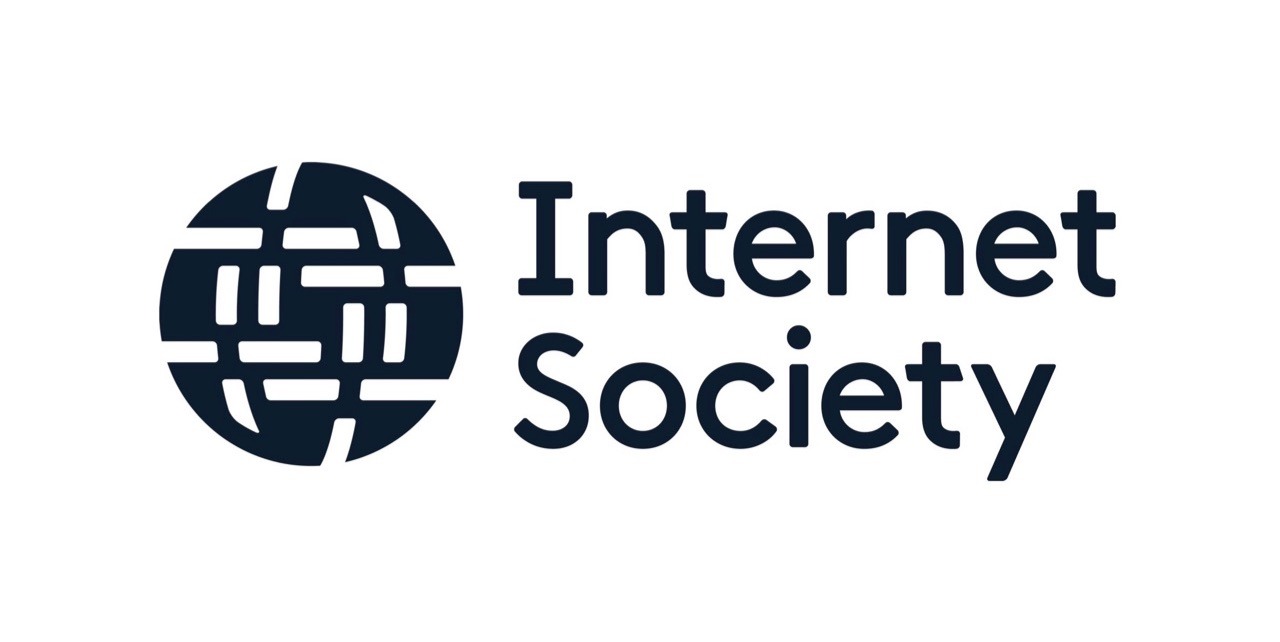




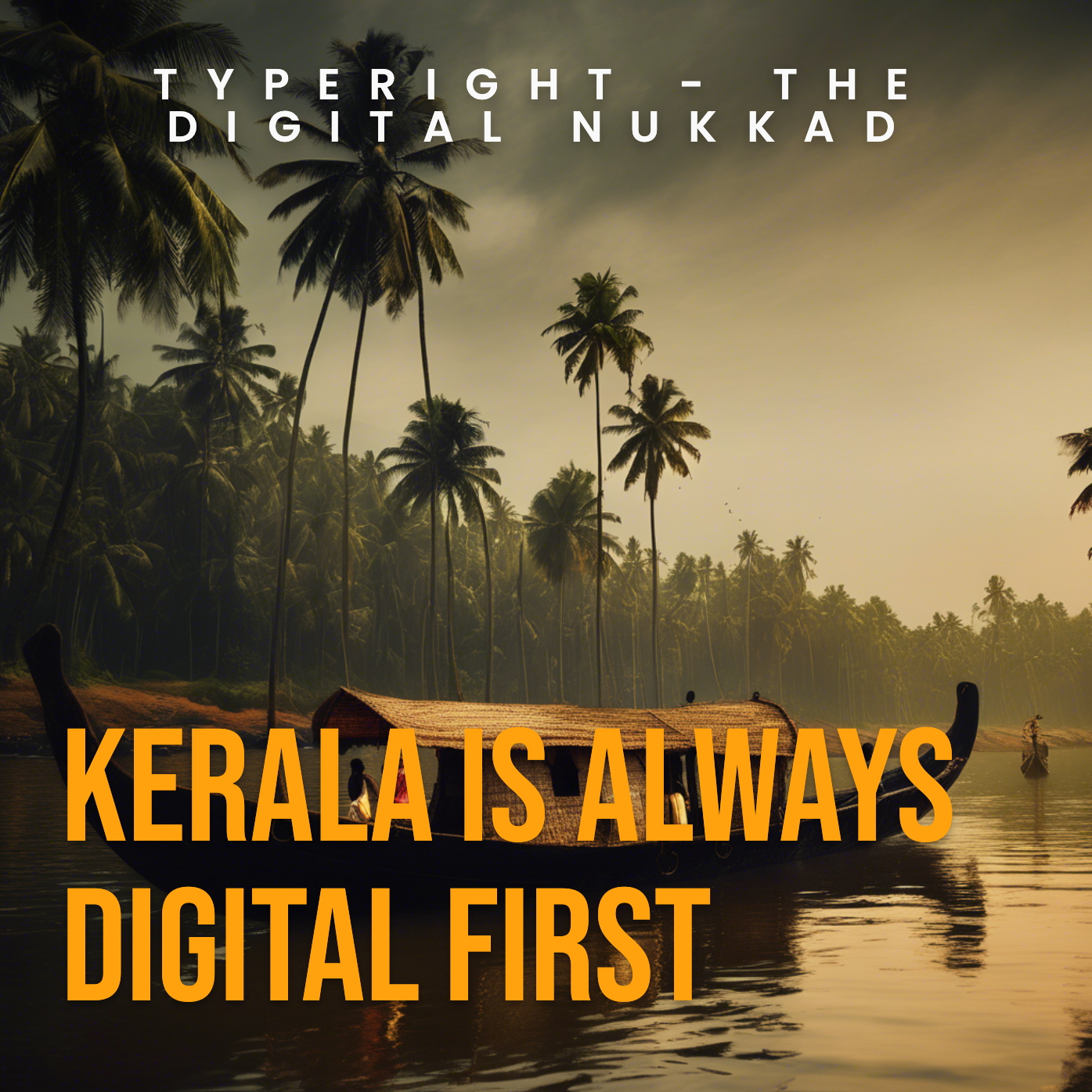
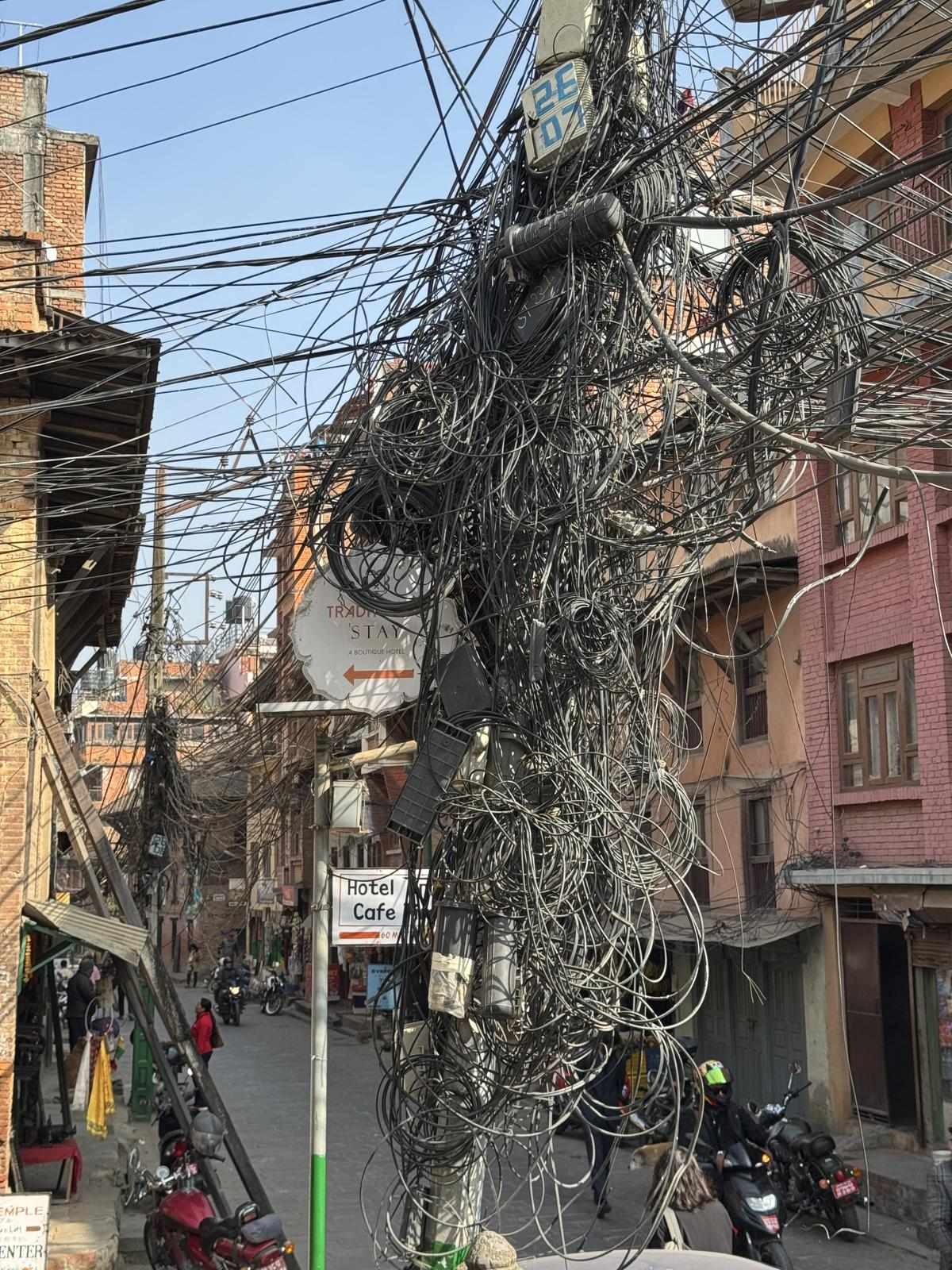
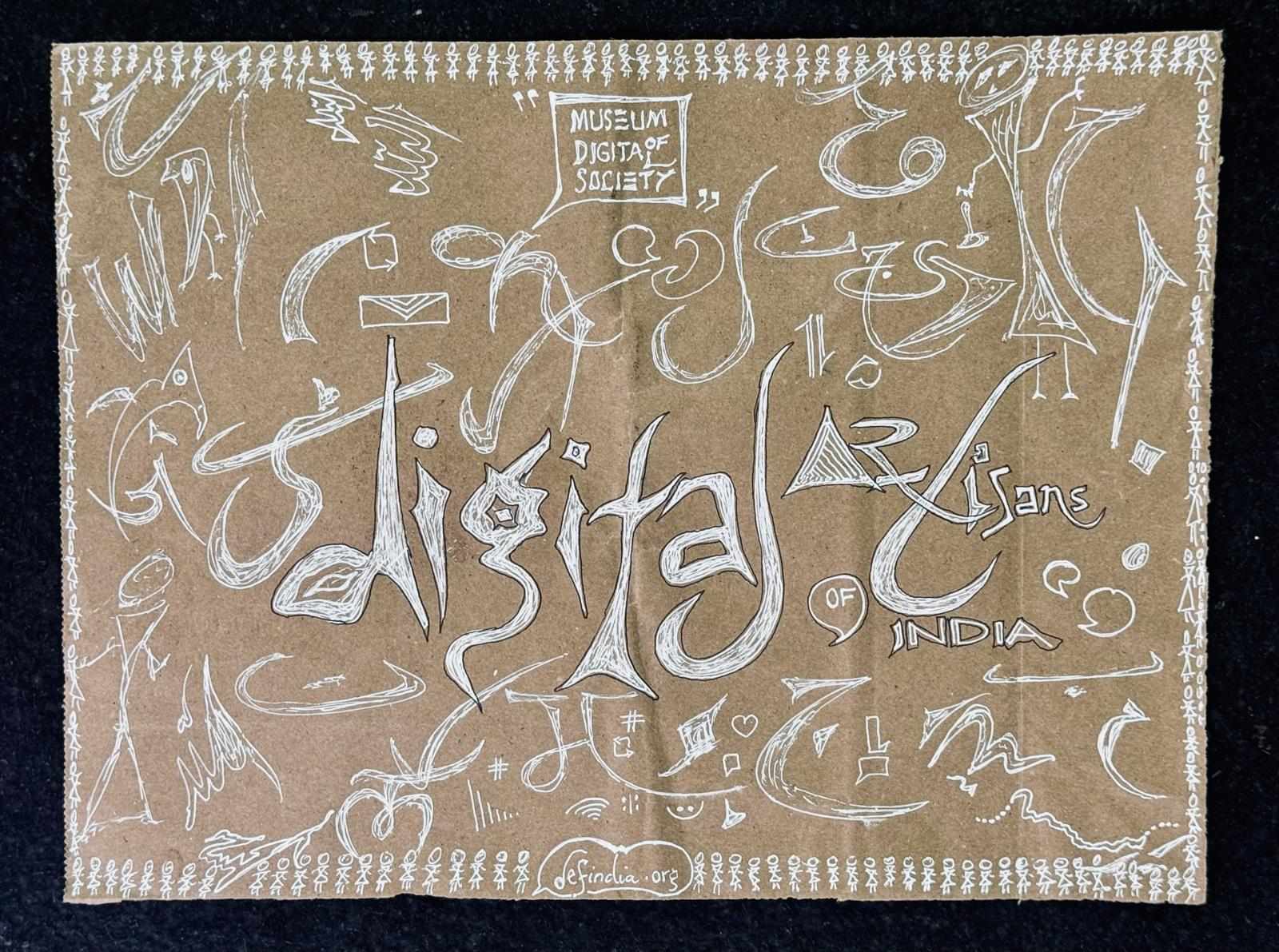
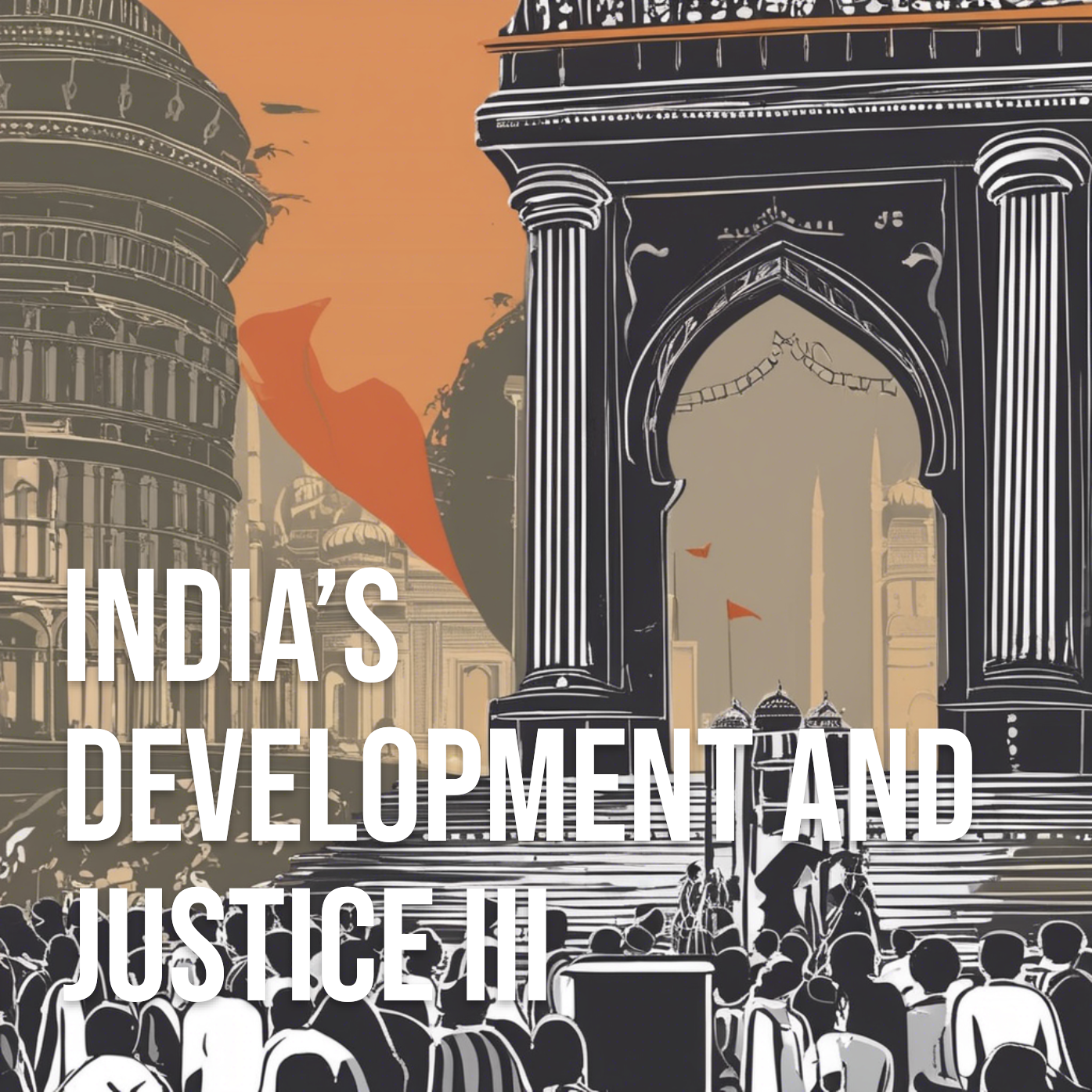
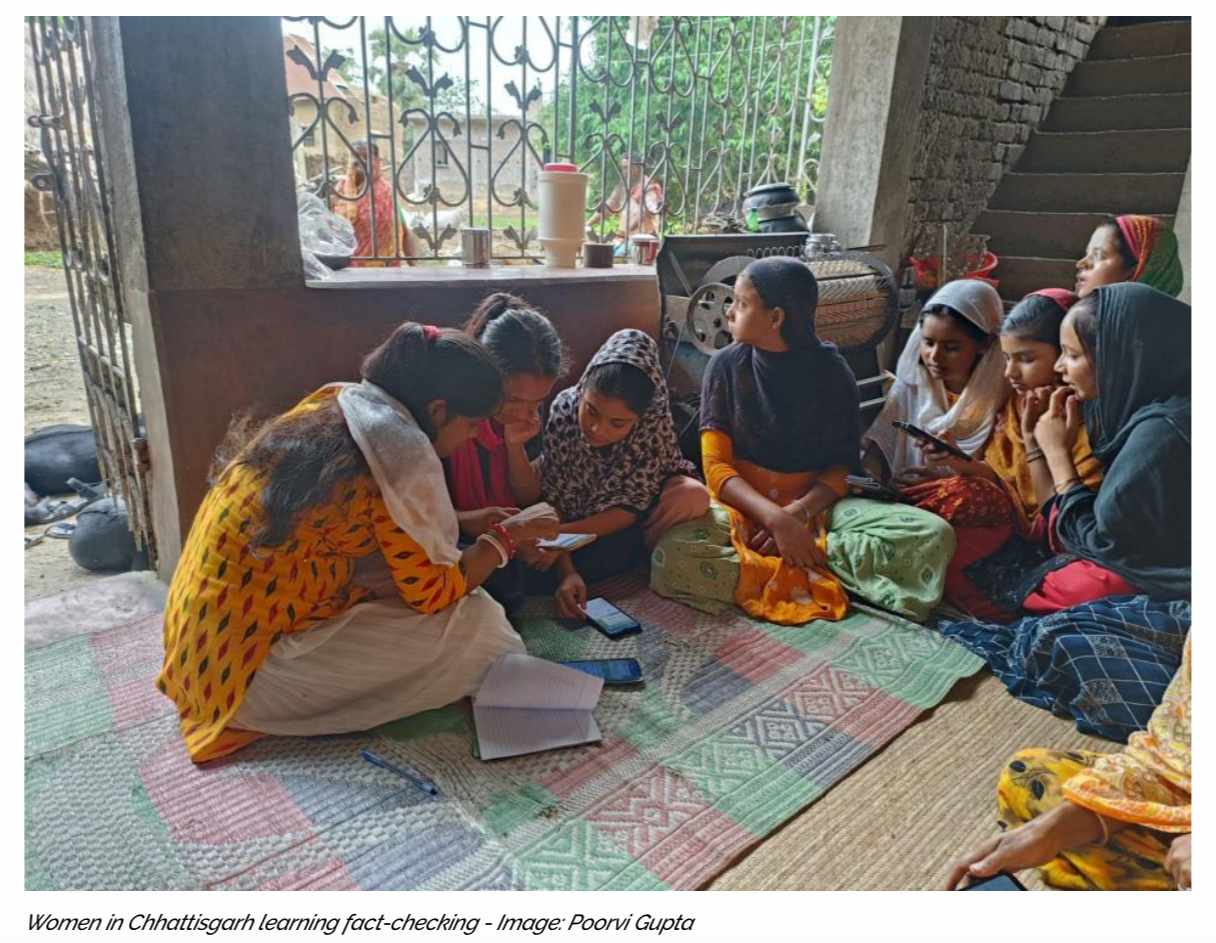


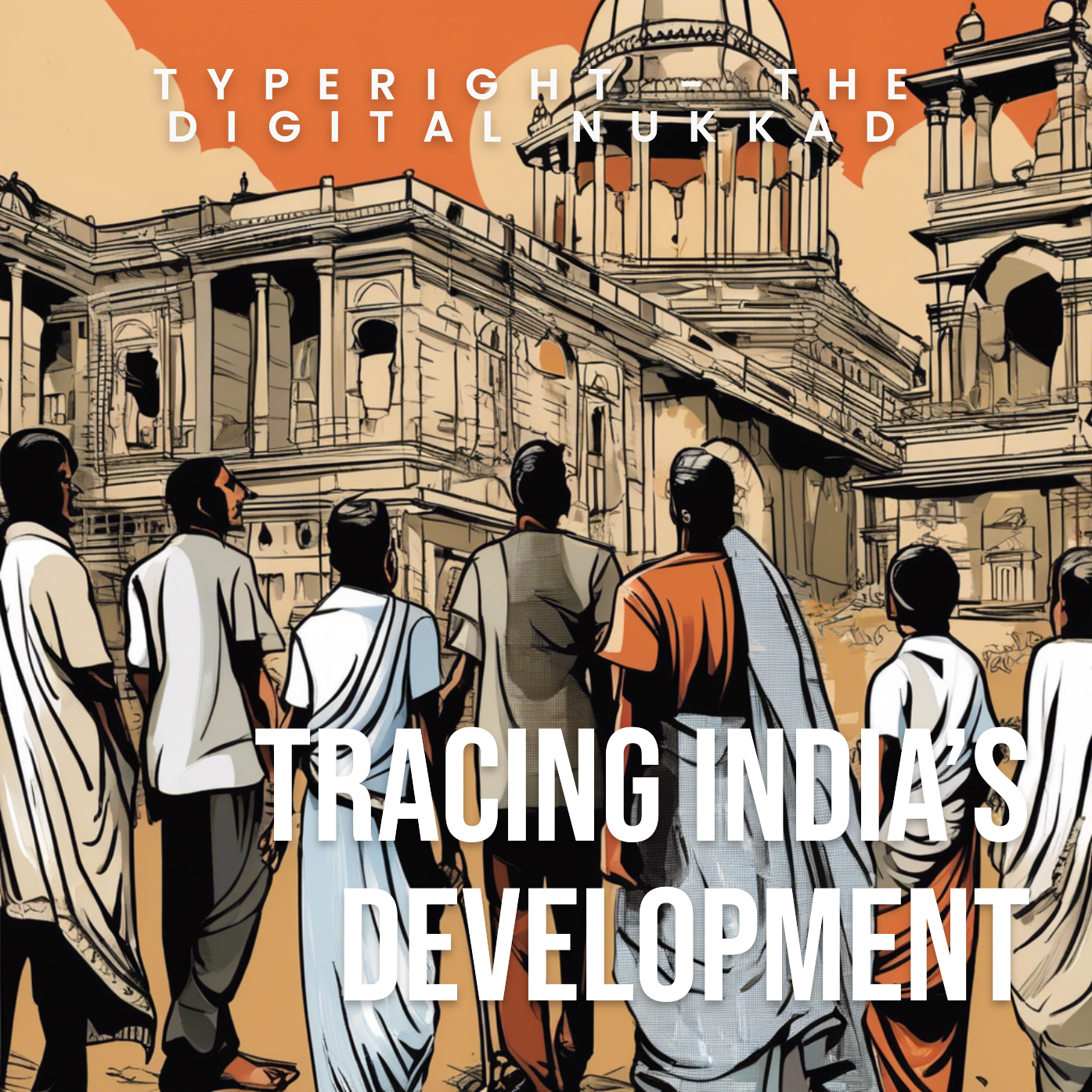









 might be?](https://sk0.blr1.cdn.digitaloceanspaces.com/sites/1394/posts/714526/dbc8de4c-5c50-411f-aba0-55cfb74a692d.jpeg)

Write a comment ...